In fact, there may be so much DETAILED information available to us, that it may seem challenging to find a simple answer to the following questions:
1. What exactly is Tennis Elbow?
2. What makes it occur?
3. How do we treat it?
So, here are the answers in a very simple form:
1. What exactly is Tennis Elbow? Tennis Elbow is sometimes called Lateral Epicondylitis. It is pain on the outside area of the elbow. Pain on the inside part of the area may be Medial Epicondylitis, or golfer's elbow. Tennis Elbow is typically degeneration of the tendons that connect to certain muscles in the area (the muscle usually involved in this condition is the extensor carpi radialis brevis). {Remember, a tendon’s main purpose is to connect muscles to bone}. When the tendons degenerate enough, this causes acute pain, particularly at the moment when someone is making contact with the ball, this is Tennis Elbow.
2. What makes tennis elbow occur? Firstly, understand that tennis elbow is a long-term injury. Younger players rarely have tennis elbow as it usually takes years to develop (at least 10 years). The main culprit is incorrect technique on a one-handed backhand. When recreational players “lead with the elbow” on the backhand for a number of years, then Lateral Epicondylitis occurs. For this reason, you do not hear of high-level players with tennis elbow as they are all technically sound.
3. How do we treat Tennis Elbow? The first way to treat any injury is of course, rest. Taking a month or two away from tennis may have a big effect on pain levels and allow the tendons time to recover. Also, making sure that the bio-mechanics of the backhand are correct will also have a positive effect. Another commonly used method is to Strengthen the flexors and extensors of the forearms using light weights and to Stretch these same muscles on a regular basis. I have also had students who have drastically reduced the string tension on their rackets and this has absorbed more of the vibration of the ball and has helped alleviate pain.
This article is not intended to be a medical diagnosis or replace a visit to a P.T. or a Doctor. However, I hope it can give you a simple understanding of what tennis elbow is and some of the common ways we can help our clients if they have this common affliction.
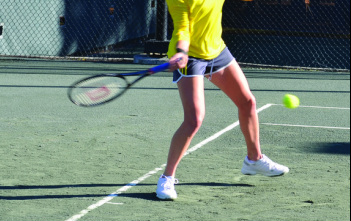
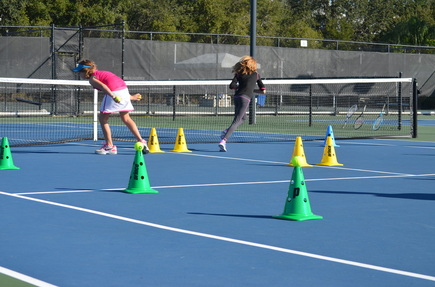
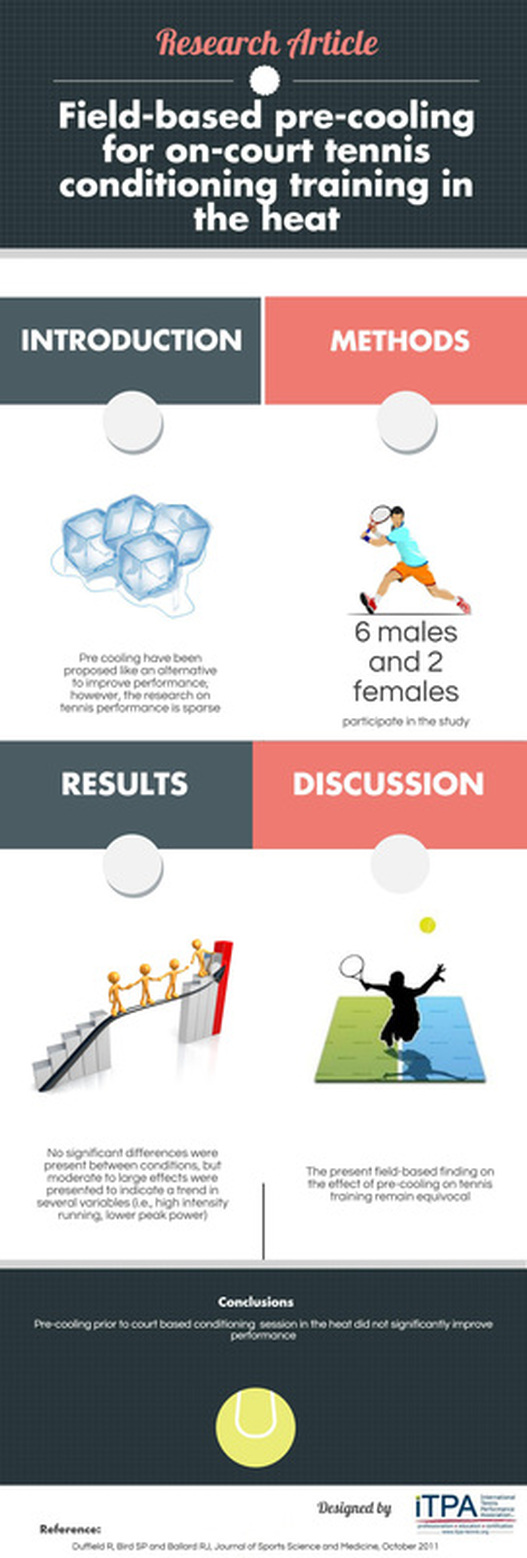
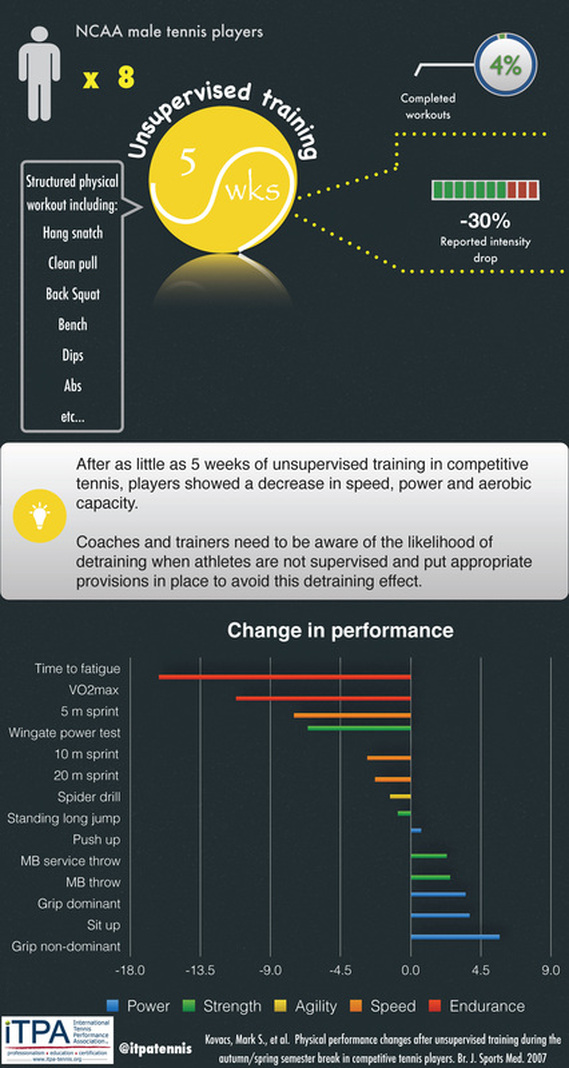
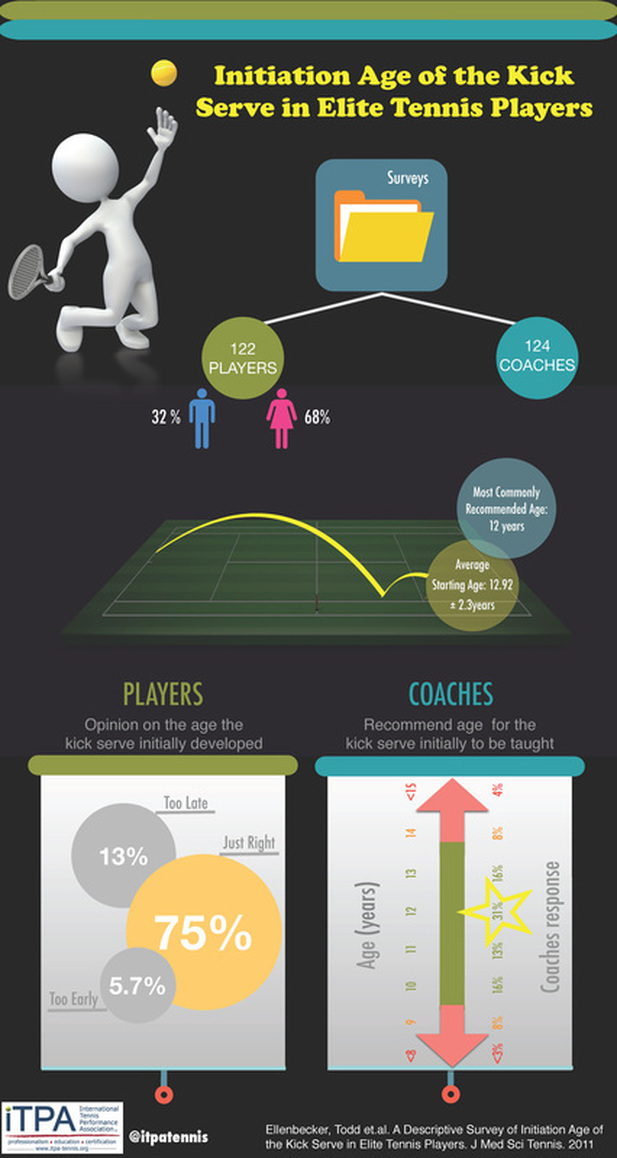
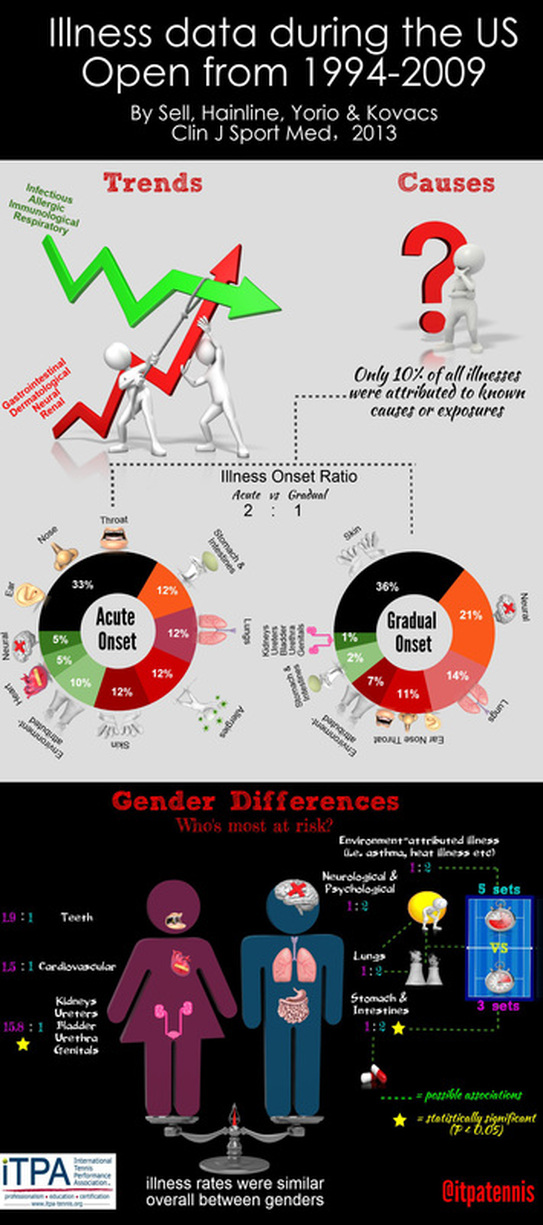
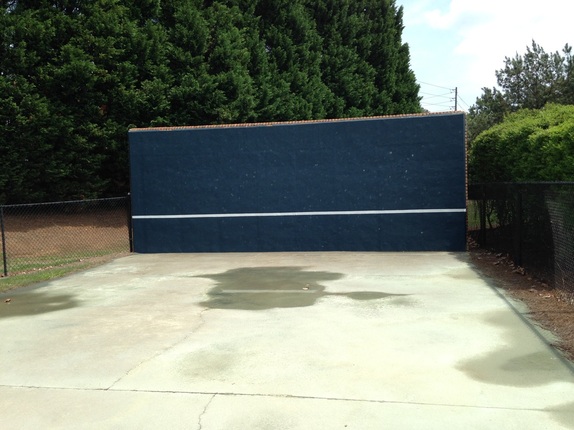

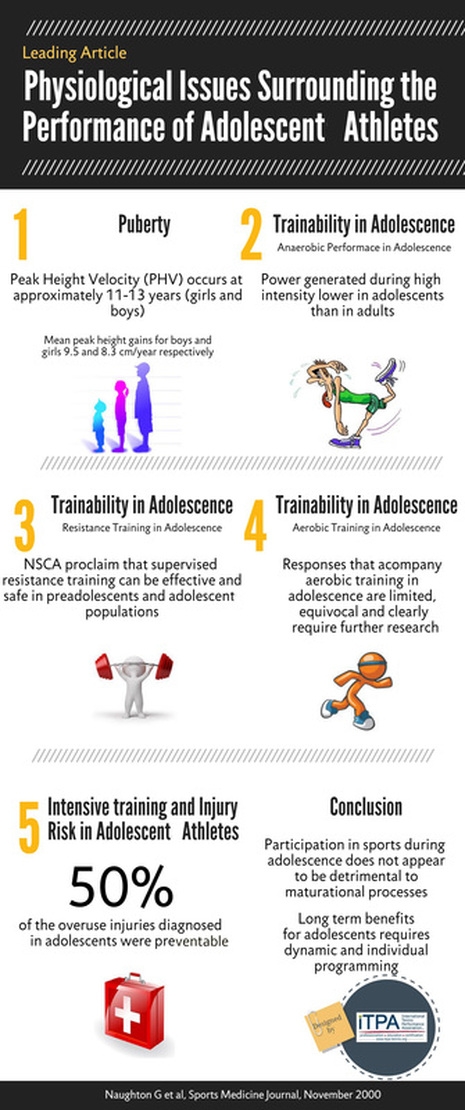





 RSS Feed
RSS Feed
